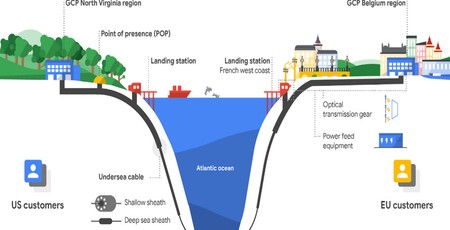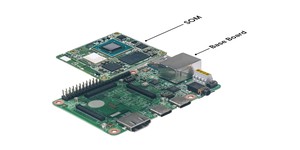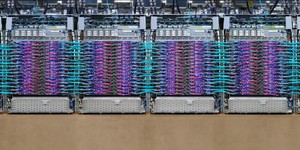Google announces Dunant transatlantic cable
July 18, 2018 | 11:26
Companies: #alphabet #google #te-subcom

Google has announced plans to build an undersea telecommunications cable, dubbed Dunant, between France and the US - the first privately-owned transatlantic telecommunications cable built and owned by a non-telecommunications company.
Despite its Curie cable, the company's first privately-owned intercontinental cable project which stretches from Los Angeles to Valparaiso in Chile, being a year away from its planned go-live date, Google's growing need for high-bandwidth and low-latency infrastructure has given it the need to launch a second and even larger cable project: Dunant, named for Nobel Peace Prize winner and Red Cross founder Henri Dunant, which will run from North Virginia to Belgium via the west coast of France.
'A common question we get with these projects is why we’re building them privately,' says Jayne Stowell, Google's strategic negotiator, of the Durant and Curie projects - a reasonable response, given that Google is the only non-telecommunications company to consider building a privately-owned transatlantic cable. 'There are a few different ways to go about building a subsea cable. The first is to simply purchase capacity from an existing cable, or one being built by someone else. The second is to create a consortium of partners with similar needs and build a cable together. The third is to build it yourself.
'All of these options come with different pros and cons, and we use a combination of all three methods to best serve our customers. When approaching a new cable project, and deciding on which of the three methods to use, we consider our needs, and the needs of our customers, in a few areas: performance and latency; capacity; guaranteed bandwidth for the lifetime of the cable.
'We started off with two private cable projects that run over relatively short distances. These were our Alpha and Beta cables (a nod to how we name software releases), and their success led us to build both Curie and Dunant privately. We’ve worked with consortia on other new cables—including Havfrue, HK-G and JGA-S - and will continue to invest in consortium cables in the future. Our investments in both private and consortium cables meet the same objectives: helping people and businesses can take advantage of all the cloud has to offer.'
The Dunant cable is expected to go live in 2020, while its predecessor Curie goes live next year. Google has also confirmed it has further cable runs planned, which will follow its now-established naming convention and pick a scientist or other notable whose surname starts with E as its official designation. As with Curie, Google is working with TE SubCom on the design, manufacture, and installation of the cable.

MSI MPG Velox 100R Chassis Review
October 14 2021 | 15:04








Want to comment? Please log in.